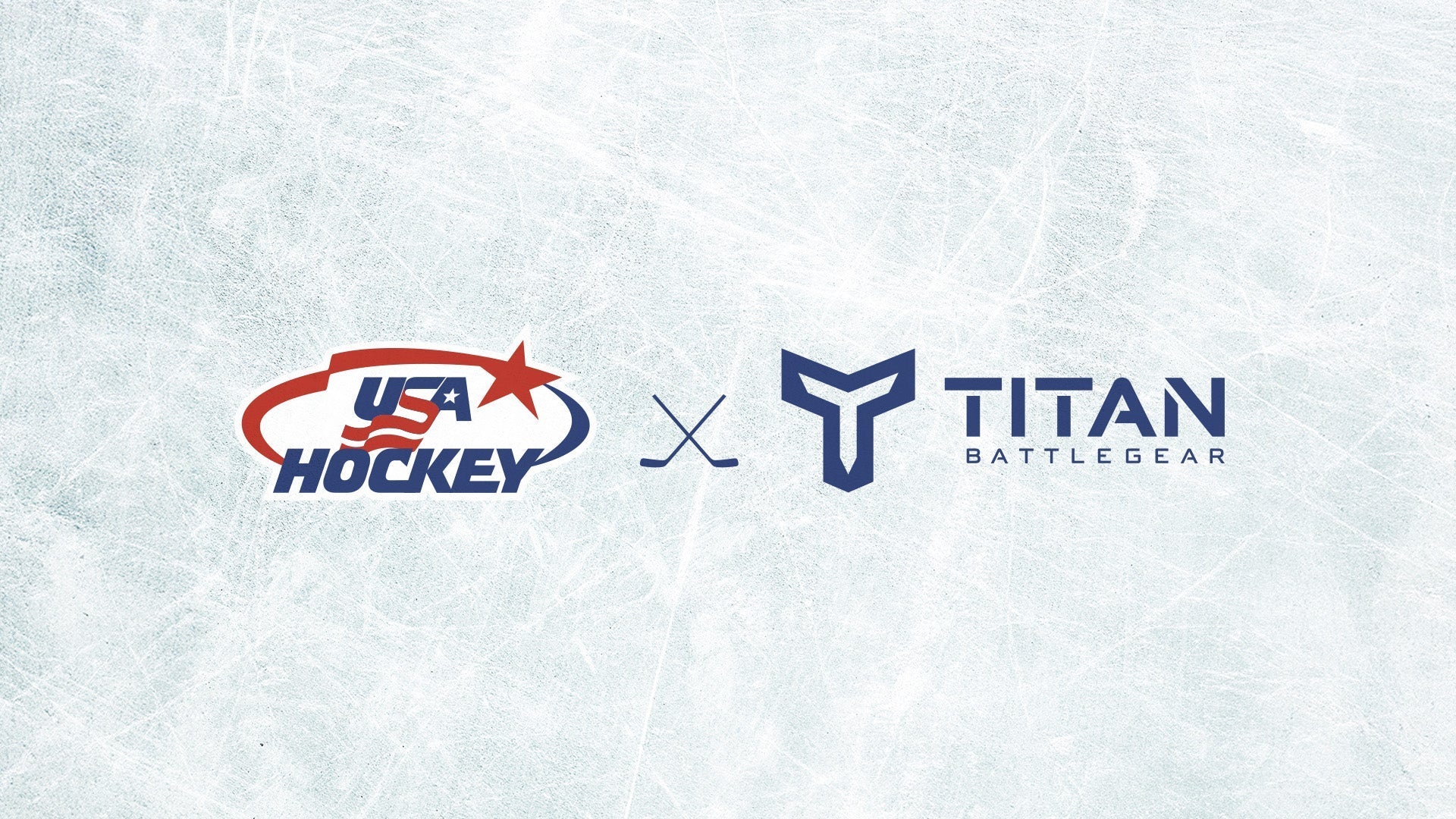If you’re a hockey parent, you’d never let your kid step on the ice wearing a helmet made of cardboard. It’s an absolutely absurd thought.
It could look like protection but offers none.
Yet, thousands of parents unknowingly make a similar mistake with neck guards.
Just because a product is called a "neck guard" doesn’t mean it actually protects against skate blades.
In fact, most mass-market neck guards offer little more than foam padding, creating a false sense of security that could lead to devastating consequences.
Not all neck guards are created equal
Hockey parents trust teams and governing bodies to make the right safety decisions. If it’s on the uniform order form, it’s safe... right?
Wrong.
Teams make equipment decisions, but are members of the team safety experts? Not always. Some teams default to the brand they know or most affordable option without knowing the difference between basic compliance and real protection. Some teams choose gear that’s convenient, not necessarily what’s safest. Many aren’t comparing ANSI cut ratings or looking at the latest technology. That’s why parents need to ask the right questions.
The truth is – most neck guards on the market do not offer true cut resistance. They may check the box for compliance, but compliance is the bare minimum, not the gold standard.
Here’s what most parents don’t realize:
- Traditional neck guards rely on foam padding, which does nothing to stop a skate blade.
- Many “cut-resistant” products offer A2/A3 ANSI ratings – far below what’s needed to prevent serious injuries.
- The highest level of cut resistance available is ANSI A8/A9, which Titan’s technology provides, but most brands don’t even come close.

Parents, your voice matters. If you seek and demand better protection, teams will listen. Ask your coach or team manager: ‘Does this neck guard have the highest ANSI cut resistance?’ If they don’t know, it’s time for a real conversation.
A false sense of security can be dangerous
Parents – if you assume any neck guard is safe, you may be unknowingly putting your kids at risk. A weak neck guard creates an illusion of protection, just like a cardboard helmet would. But when an accident happens, that illusion shatters.
This is why serious injuries still happen despite players wearing neck protection. The gear exists, but in most cases, it’s not good enough.
The truth: real cut protection requires advanced materials
Titan Battlegear doesn’t make neck guards – we engineer cut-resistant technology.
Our neck guards are built with Titanotex™ fabric, featuring A8/A9-level cut resistance, far exceeding traditional foam-based designs. That’s the difference between real protection and false security.
How to protect your player
-
Don’t assume compliance = safety. If a product is required, that doesn’t mean it’s the best option.
-
Look for real cut resistance. If a neck guard doesn’t list its ANSI rating, it’s likely low-quality.
-
Demand better from your team. If teams are sourcing mass-market options, ask them to look at the data. Ask them to check out Titan – we’re happy to have a conversation about our technology.
-
Choose Titan. Our battlegear ensures your player gets the elite protection they deserve.
The bottom line
You wouldn’t buy a helmet made of cardboard. So why trust just any neck guard?
If you’re serious about safety, make sure your player is actually protected. If you’d like to speak with us about the difference between compliance and true cut resistance, reach out here. A conversation about safety is a conversation we want to have.










